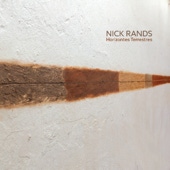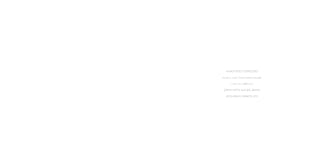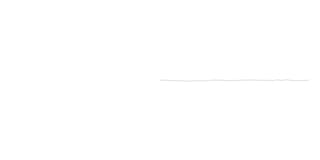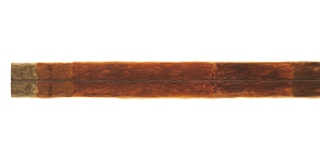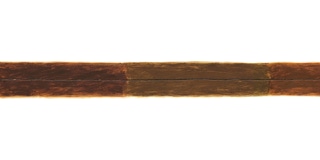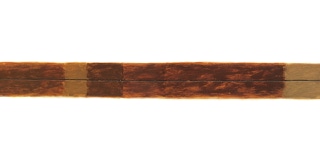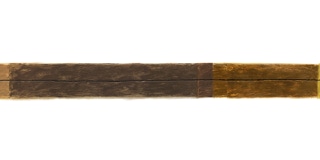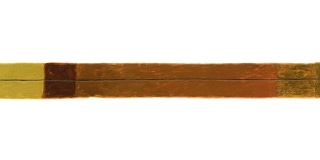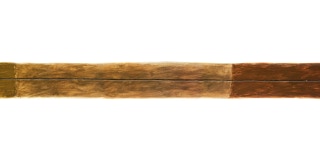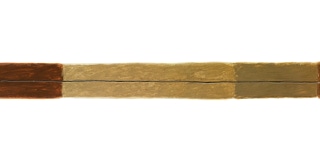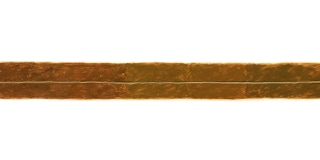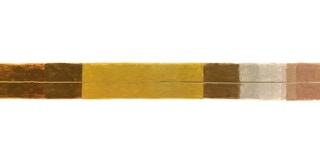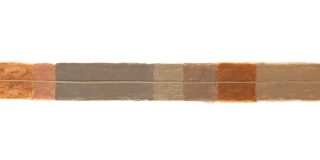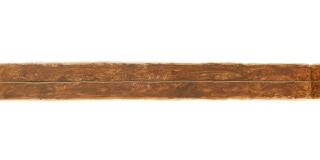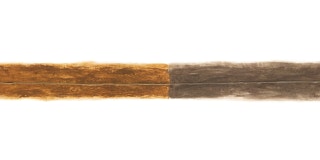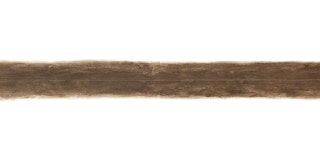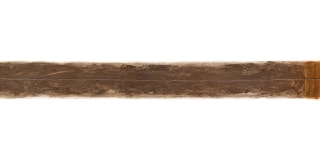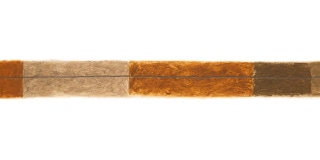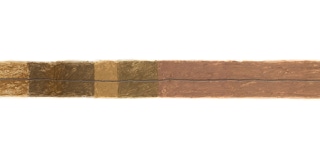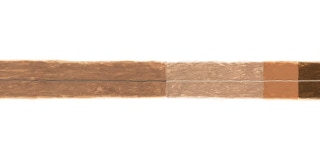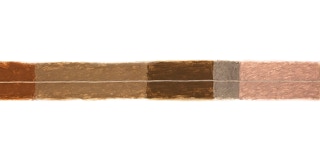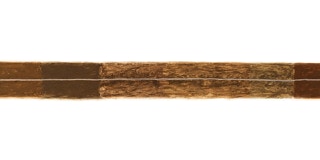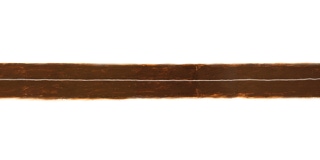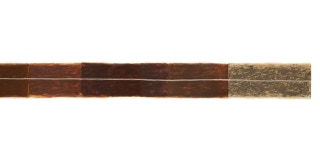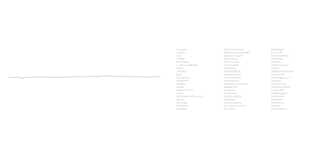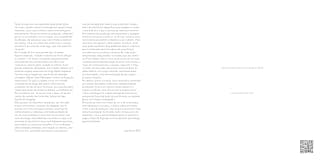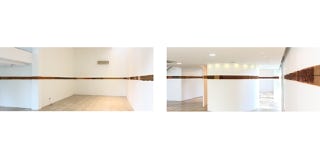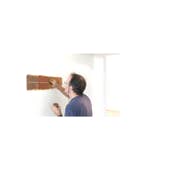Nick Rands, b. 1955 Chester, UK.
Studied Fine Art at Reading University and Art Education at Bristol University/Bristol Polytechnic.
Taught art in UK and Botswana before working as art-gallery education officer. In 1992 he was Southern Arts-Brazil Exchange artist to Porto Alegre, Brazil. Moved to Brazil in 1998, and in 2016 moved to Caunes-Minervois, France.
SOLO EXHIBITIONS
2022
3000 e outras terras
Galeria Gestual, Porto Alegre RS Brazil
Line by Line Peintures / Dessins 1992 - 2022
La Table des Vignerons, Trausse, France
Rue Joseph Sicard, Caunes Minervois, France
Ausência
L’anciennne boulangerie, Caunes Minervois, France
Hillfield/Arborizada
Rue Joseph Sicard, Caunes Minervois, France
2021
Dix terres a la recheche d’un système perdu
Rue Joseph Sicard, Caunes Minervois, France
Greencat gallery, Caunes Minervois, France
2018
Lost Rivers Mosaic Paintings
8 Melior Street, London, UK
Horizontes Terrestres revisited
Galeria Gestual, Porto Alegre RS, Brazil
2017
Horizontes Terrestres
ESPM, Porto Alegre, Brazil
2016
Ausência
Galeria Gestual, Porto Alegre RS, Brazil
2015
Neckinger River Levels
Bermondsey Yard, London
2012
Um Quadrado no Rio Grande do Sul
Museu Júlio de Castilhos, Porto Alegre, Brazil
2011
Um Quadrado no Rio Grande do Sul
Museu de Arte de Santa Maria, Santa Maria, Brazil
A Gente
Museu do Trabalho, Porto Alegre RS, Brazil
2009
ChromaLife
Galeria Gestual, Porto Alegre RS, Brazil
2008
ChromaLife
The Brick House, Brick Lane, London
2007
Obras Fotográficas
Galeria Gestual, Porto Alegre RS, Brazil
2005
…and still counting…
Bermondsey Street Studio, London
Galeria Gestual, Porto Alegre RS, Brazil
2004
Painting by Numbers
Galeria Gestual, Porto Alegre RS, Brazil
2003
Where the sea meets the sky
Fotogaleria, Porto Alegre Brazil
2001
Mud Works
Espaço Cultural Sérgio Porto, Rio de Janeiro, RJ Brazil
Fundação Cultural de Criciuma, Criciuma SC Brazil
Pinturas
Fundação Cultural de Curitiba, PR Brazil
Casa de Cultura Mario Quintana, Porto Alegre RS. Brazil
Earthly Spheres
The Winchester Gallery, Winchester, UK
2000
Pinturas
Pinacoteca da Feevale, Novo Hamburgo, RS, Brazil
Eye Levels
Galeria Iberê Camargo, Usina do Gasômetro, Porto Alegre,
1999
Esferas Terrestres
Torreão, Porto Alegre, Brazil
1998
Earthly spheres
Warehouse, Norwich, UK
Watching the waves/Sowing the seed
Windsor Arts Centre Windsor, UK
1996
Grizedale Forest Painting residency
Gallery in The Forest, Grizedale, UK
Line by Line
Evreham Iver, Bucks, UK
1995
Line by Line
Isambard Brunel School. Portsmouth, UK
1994
Line by Line
The Peveril Centre. Eastleigh, UK
Atrium Gallery. Bournemouth University UK
Windrush Leisure Centre, Witney Oxon, UK
Bridgemary Community School, Gosport, UK
South Hill Park Arts Centre. Bracknell, UK
1992
Staying in Line
Bedales Gallery, Petersfield, UK
Upstairs Gallery, Upton Park. Dorset, UK
Instituto de Artes UFRGS Porto Alegre, R.S. Brazil
1982
Photographic Pieces/Timed Activities
Axiom Centre, Cheltenham, UK
GROUP SHOWS
2022
Haverá consequências
Fundação Vera Chaves Barcellos, Viamão-RS Brazil
Digital graffiti 2022
Alys Beach, Florida USA
2020
du neuf à Caunes
Caveaux de l’abbaye, Caunes Minervois, France
2019
Ailleurs
La Tuilerie Saint Joseph, La Livinière, France
2017
Paintings from somewhere else
Youngblood, Cape Town, South Africa
2016
Digital Graffiti 2016
Alys Beach, Florida USA
2015
Ocupando Lucas 21
Galeria Gestual, Porto Alegre RS Brazil
2013
Magmart | international videoart festival
Casoria Contemporary Art Museum, Naples, Italy
Digital Graffiti 2013
Alys Beach, Florida USA
7 Billionth Citizen
Townhouse Gallery, Cairo, Egypt
Solent Showcase Gallery, Southampton, UK
Anglia Ruskin University, Cambridge, UK
Mamute Galeria, Porto Alegre, Brazil
2012
Des | Estruturas
Fundação Vera Chaves Barcellos, Viamão, Brazil
2011
8th Mercosul Biennial
Porto Alegre/RS Brazil
2010
Digital Graffiti
Alys Beach, Florida USA
DIGIT 2010
Narrowsburg, New York, USA
Silêncios e Sussuros
Fundação Vera Chaves Barcellos, Viamão, Brazil
2006
Um olhar fotográfico
Fundação Vera Chaves Barcellos, Porto Alegre, Brazil
2004
Heterodoxia
MASC Florianópolis – SC Brazil
1+1+1
Museu da Gravura, Bagé, RS Brazil
2003
1+1+1
Galeria Gestual, Porto Alegre RS Brazil
Um território da fotografia
Galeria dos Arcos, Usina do Gasômetro, Porto Alegre,
III Salão National de Arte de Goiás
Goiania, GO Brazil
24º Salão de Arte de Riberão Preto
Riberão Preto, SP Brazil
2002
III Salão de Porto Alegre
Usina do Gasômetro Porto Alegre RS Brazil
II Salão National de Arte de Goiás
Goiania, GO Brazil
II Salão de Arte
UNI-BH, Belo Horizonte, MG Brazil
Forest
The Southern Arts Touring Exhibition Service, UK
2000
Bah-zart
Obra Aberta Porto Alegre RS Brazil
II Salão de Porto Alegre
Usina do Gasômetro, Porto Alegre
1999
Chart
Angel Row Gallery, Nottingham, UK.
Coletiva
Obra Aberta, Galeria Chaves, Porto Alegre
1998
Sticks
The Southern Arts Touring Exhibition Service, UK.
1997
The Space of the Page
Henry Moore Institute, Leeds, UK.
1996-7
Repetition
Corn Exchange Newbury, UK
Winchester Gallery, UK
The Gantry, Southampton UK
Milton Keynes Crafts Guild UK
Artsway, UK
Nuova Icona, Venice, Italy
Cacco Zanchi, Aalst, Belgium
1995
Words
Aspex Gallery Portsmouth, UK
Artspace
Square Tower Portsmouth, UK
1994
Art Kites
Milton Keynes Kite Festival. Milton Keynes, UK
1993
On Paper
Contact Gallery, Norwich, UK
Repetere
Solar dos Camara, Porto Alegre RS Brazil
1992
East End Open Studios
Deborah House, Hackney, London, UK
1990
Artists in Botswana
National Gallery of Botswana. Gaborone, Botswana
1984
R.W.A. Annual Exhibition,
Royal West of England Academy, Bristol, UK
1982
Group Photography 2
Axiom Centre, Cheltenham, UK
1978
Wessex Artists
Southampton City Art Gallery, UK










